Tel: 0086769-23187408
Email: info@linzshoes.com
Tel: 0086769-23187408
Email: info@linzshoes.com
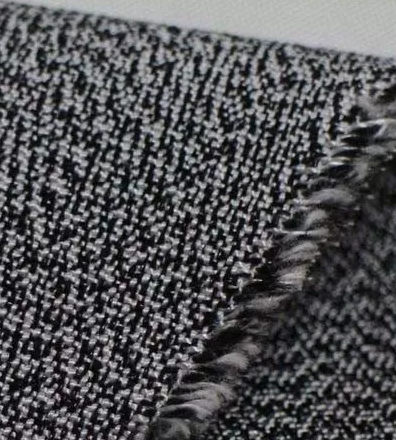
By incorporating cut-resistant fabric into gloves, sleeves and other garments, workers in the textile industry can perform tasks with confidence, reducing the risk of injury and increasing overall productivity. Additionally, the durability and longevity of cut-resistant fabrics can help save costs by minimizing the need for frequent replacements.

A number of industries currently use cut-resistant fabric, which is specifically designed to avoid cuts and slices. It has a good resistance to penetration and tearing that makes it ideal for those who work with sharp tools or machinery.
The unique features of cut-proof fabrics offer a number of advantages that set them apart from other materials. Firstly, the most important advantage is its cut resistance, achieved through a special weave and fiber combination. This amalgamation ensures better tensile strength thereby guaranteeing the fabrics are able to be cut without being compromised in terms of integrity.
Besides being cut-resistant, these kinds of textiles have other properties that are advantageous. It is usually light in weight and supple so as to move around easily while wearing personal protective equipment (PPE). Additionally, this material allows users to feel comfortable even when they are in their protective clothes because it breathes well.
Durability is another major benefit of cut-resistant fabric. Cut resistant materials are cost-effective because they must withstand constant usage and demanding environments. Being easy to clean and maintain adds up more points on its overall value.
Cut-proof fabrics find application areas in healthcare as well as food processing and manufacturing sectors among others. Very important for ensuring safety for individuals who frequently run into opportunities for cuts and slashes
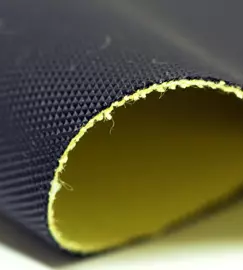
In all fields cut- proof fabrics have changed the way safety is played, providing strong protection against cuts and stabs. These new materials instead of being used for traditional purposes only are now placed in working areas where accidents of different types occur.
In addition, these salvos reduce injuries in food plants by making gloves and clothes from the same compounds that prevent sharp knives and blenders from cutting hands and limbs. Gloves and garments do not only drive away dangerous substances but also give nice touches which are necessary for a user’s safety without affecting his/her work efficiency while handling tools or goods.
The manufacturing industry is also another domain where the use of cut-resistant fabrics is widespread. Employees in these sectors encounter various premium quality tools like those found in metal fabrication, glass processing or car assembly. A wear resistant to any cut etc resembles like an extra level of inherent defense against scratches, lacerations possible during manufacture.
Basically versatile applications of cut resistant fabrics mark out their adaptability abilities which improve individual security in diverse industries. They show how important it is to have innovative textiles on everyday basis to industrial practitioners’ health at work.
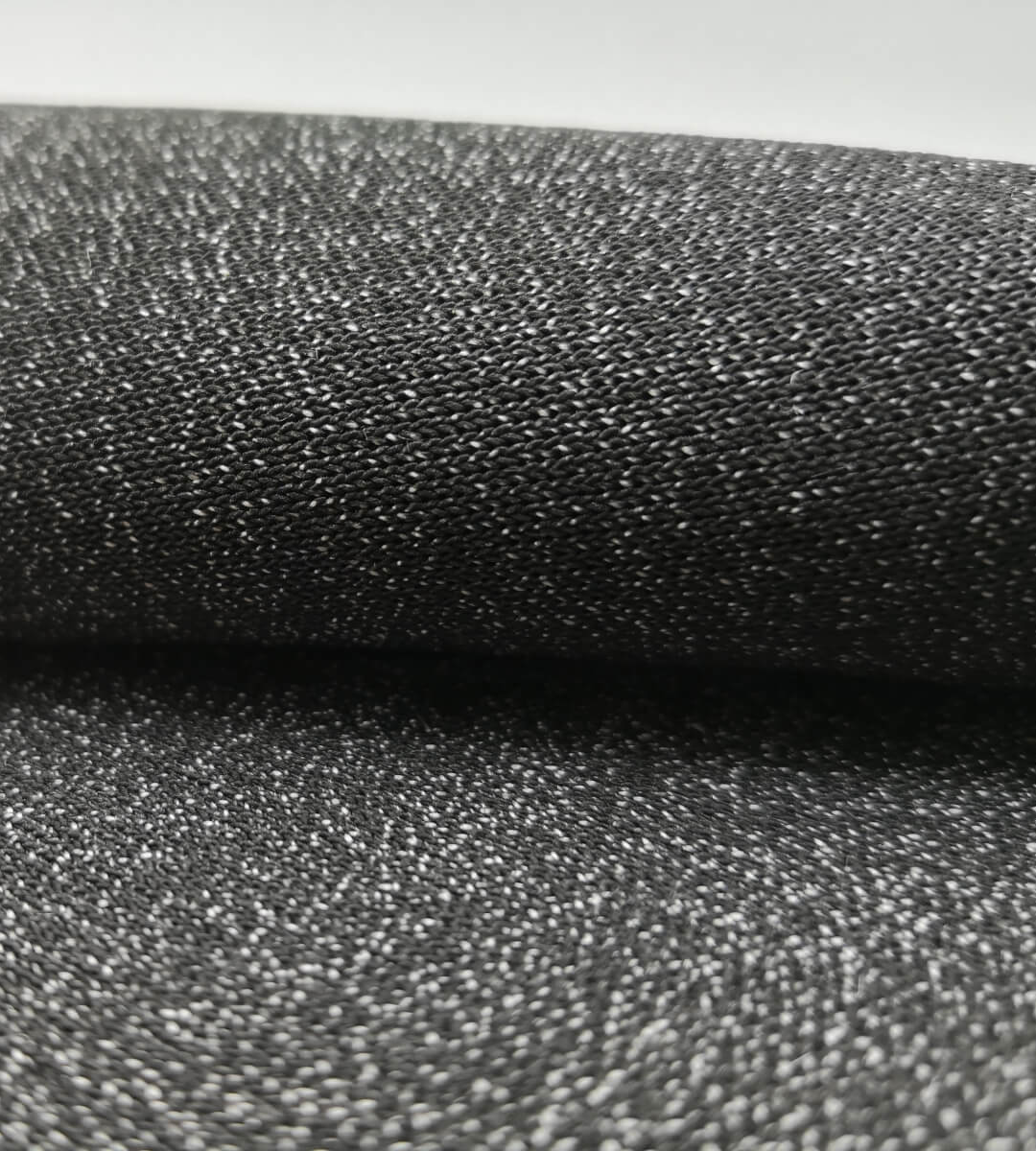
The impact toughness of cut-resistant textile is achieved through its unusual construction and high-performance materials. This results in a compact network structure created by densely woven or knitted fibers that can absorb and disperse energy during impacts. Thus, the force that goes to the wearer is reduced, lowering the possibility of getting hurt.
In sectors such as construction, manufacturing, and heavy machinery operations where people are exposed to impacts all the time, cut-resistant fabrics offer an additional level of protection. It serves as a shield against hazards from flying debris, unintentional impacts or collisions which may result in severe personal injury.
Moreover, the impact resistance of cut-resistant fabrics leads to increased confidence and productivity among employees. When workers feel secure from harm they can concentrate on their job without undue distractions about their health.
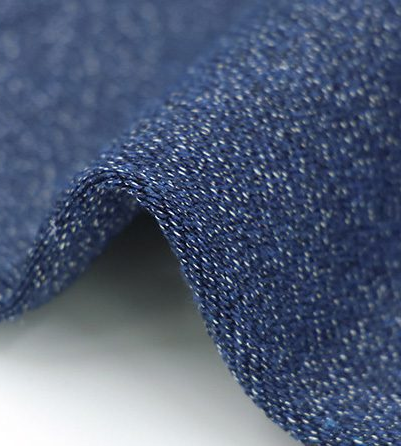
Innovative weaving or knitting technologies combine tough fibers to ensure that tear strength in cut-resistant fabric is achieved. This feature of the fabric makes it less prone to tearing, thus keeping its structure intact even under extreme pressure and friction.
Tear resistance is very important in areas like construction, manufacturing and carpentry where workers are likely to come into contact with sharp tools as well as rough surfaces or abrasive substances. Cut-resistant materials prevent lacerations resulting from splitting or cutting which could otherwise endanger the lives of operators.
Cut-resistant fabrics also improve the safety of workers and prolong their useful life. Over time, it maintains integrity by not getting torn hence businesses do not have to replace them frequently and this saves money.
Therefore, rip-proof nature of cut-resistant fabrics enhances safety measures for workers as well as durability and confidence. Companies’ use of these materials in their safety guidelines would be a significant step in helping them avoid tears on their employees consequently reducing risks of injuries at workplaces.
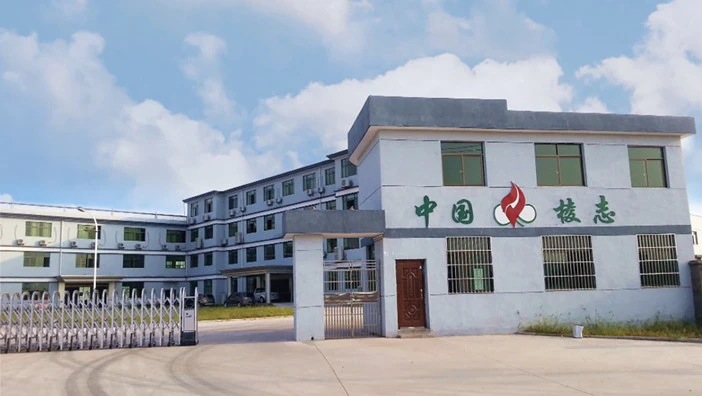
Nize New Materials is one of the world's leading material suppliers. We have more than 20 years of experience in this field and serve customers around the world. We also have world-class production equipment and an annual production capacity of 5 meters of ionic sulfate.
We focus on the research of the anti-piercing shoe midsole, interrupting the monopoly position of the anti-piercing cloth midsole inforeian countries. and producing the anti-piercing cloth midsole of our own branc, filing the domestic gap
The factory covers an area of 83.5 mu and has more than 22.500 sauare meters of production plant, 3,000 square meters of research anddevelopment center, 3,000 sauare meters of office space and more than 500 sets of advanced production and inspection equipment
We have excellent products and a professional sales and technical team that can provide satisfactory solutions according to your needs. If you are interested in our products, we look forward to your online message or call for consultation!
Our products cover a variety of functional materials, whether they are waterproof materials, wear-resistant materials, flame-retardant materials or thermal insulation materials, which can meet the needs of different industries and applications.
Cut resistant fabric provides reliable protection against cuts, reduces the risk of injuries, enhances worker safety, and improves overall productivity in high-risk work environments.
Yes, cut resistant fabric can be tailored to meet specific requirements, including different cut resistance levels, thicknesses, and garment designs to suit various industry needs.
While cut resistant fabric provides excellent protection against cuts, it may have limited resistance to other hazards like punctures, chemicals, or heat. Additional protective measures may be necessary for comprehensive safety.
When selecting cut resistant fabric, factors such as the level of cut protection required, durability, comfort, flexibility, and compatibility with other protective equipment should be taken into account to ensure optimal performance in the intended application.
Generally, thicker cut resistant fabric tends to offer higher levels of cut protection. However, the trade-off is often reduced flexibility and dexterity. It is important to strike a balance between thickness and flexibility based on the specific requirements of the application and the desired level of protection.
